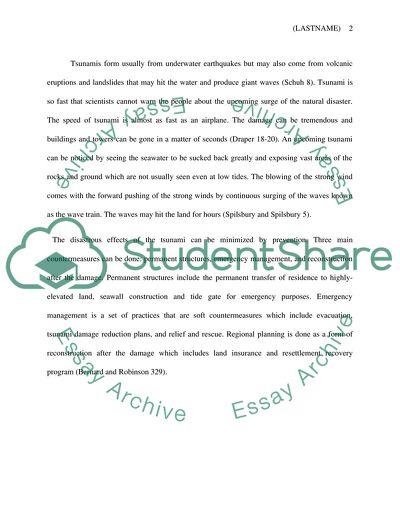Tsunami: Definition And Prevention Research Paper. Retrieved from https://studentshare.org/environmental-studies/1581222-tsunami-definition-and-prevention
Tsunami: Definition And Prevention Research Paper. https://studentshare.org/environmental-studies/1581222-tsunami-definition-and-prevention.


